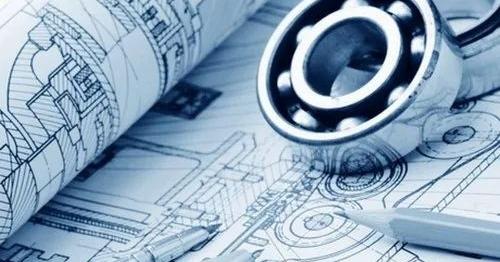The significance of CAD conversion in mechanical engineering cannot be exaggerated. CAD conversion, which involves transforming design data from one CAD format to another, is crucial in mechanical engineering projects’ design and development processes. With CAD conversion, engineers are empowered to create intricate and accurate designs, facilitating seamless collaboration and communication among team members. By enhancing efficiency and productivity, CAD conversion services streamline the design and drafting processes, enabling engineers to meet project deadlines more effectively.
Importance of CAD Conversion in Mechanical Engineering
-
Facilitates Design and Drafting
CAD conversion enables engineers to create accurate and detailed designs. Using CAD software, mechanical engineers can easily create 2D and 3D models of components and assemblies. This capability enhances accuracy and precision, allowing for the development of intricate and complex designs.
-
Enables Collaboration and Communication
CAD conversion fosters seamless collaboration and communication among engineers, designers, and manufacturers. Design data can be easily shared and edited with CAD files, promoting efficient teamwork and reducing errors. This streamlining of communication facilitates a smoother workflow throughout the design and manufacturing processes.
-
Improves Efficiency and Productivity
CAD conversion significantly improves efficiency and productivity in mechanical engineering. Compared to traditional manual drafting, CAD conversion services can help reduce time and eliminate errors associated with manual drafting techniques. Moreover, modifying and iterating designs in a digital environment accelerates the overall design process and enables engineers to meet project deadlines more efficiently.
CAD Conversion Techniques in Mechanical Engineering
-
2D to 3D Conversion
CAD conversion allows for converting hand-drawn sketches or 2D CAD files into accurate and detailed 3D models. This conversion technique enhances visualization and provides a better understanding of the final product. It enables engineers to identify potential design flaws and optimize designs before manufacturing.
-
File Format Conversion
CAD conversion also involves converting CAD files between different formats. This technique ensures compatibility and interoperability between various CAD software platforms. Additionally, CAD files can be converted to other formats for analysis or manufacturing purposes, facilitating seamless integration with other software or systems.
Challenges and Considerations in CAD Conversion
-
Data Integrity and Quality
Ensuring the integrity and quality of data during CAD conversion is a critical consideration. Accurately converting dimensions, measurements, and geometric features is essential to maintain design accuracy. Vigilance is required to address potential data loss or corruption during conversion.
-
Compatibility and Interoperability
CAD conversion faces challenges related to compatibility and interoperability between different CAD software. It is crucial to ensure that the converted files are compatible with the intended software environment, considering file formats, versions, and feature compatibility issues.
Benefits of CAD Conversion
CAD conversion offers numerous benefits in mechanical engineering, including:
- Improved design accuracy and visualization through 2D to 3D conversion.
- Enhanced collaboration and communication among project stakeholders.
- Increased productivity and efficiency through streamlined design processes.
Limitations of CAD Conversion
CAD conversion also has limitations that should be considered:
- Potential loss of data or accuracy during the conversion process.
- Dependence on the quality of input data and the original design for accurate conversion.
Future Trends and Developments in CAD Conversion
-
Advancements in Automation and Artificial Intelligence
The future of CAD conversion along with mechanical engineering services will witness advances in automation and artificial intelligence. These technologies will automate and optimize the conversion process, reducing manual efforts and enhancing efficiency.
-
Integration with Emerging Technologies in Mechanical Engineering
CAD conversion will likely integrate with other emerging technologies, such as virtual reality, augmented reality, and additive manufacturing. This integration will enhance design visualization, prototyping, and manufacturing processes.
Final Thoughts
CAD conversion holds immense significance in the field of mechanical engineering. They enable accurate design and drafting, foster collaboration and communication, and improve efficiency and productivity. Despite challenges such as data integrity and compatibility, the benefits of CAD conversion outweigh the limitations. With continuous advancements and integration with emerging technologies, CAD conversion will continue to play a pivotal role in shaping the future of mechanical engineering.
